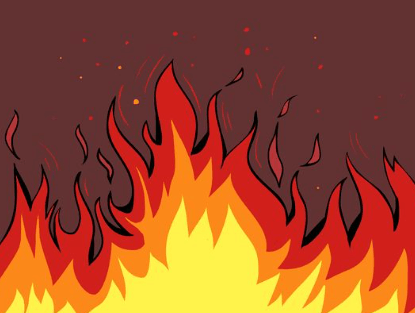Drawing:Ir6gbg1cz8w= Flames

The art of drawing flames presents a unique challenge that requires a nuanced understanding of both their physical properties and the emotional resonance they evoke. Artists must grapple with the dynamic movement of fire, informed by principles of color theory that dictate how warm and cool tones interact to convey intensity and depth. Additionally, mastering techniques such as shading and layering is crucial for achieving the ethereal luminosity characteristic of flames. Yet, one might wonder how these elements intertwine to create a compelling representation of fire that captivates the observer’s attention.
Understanding Flame Movement
Understanding the dynamics of flame movement is essential for accurately capturing its intricate behavior in drawings, as flames are influenced by factors such as heat, fuel, and surrounding air currents.
Flame dynamics illustrate how heat influence alters the shape and flow of flames, creating unique patterns.
See also: Drawing:Inkzdtssqfq= Cute Pictures
Color Theory for Flames
Color theory plays a crucial role in depicting flames, as the interplay of hues can evoke varying emotions and convey the intensity of heat and light.
Understanding color symbolism enhances your artwork; warm colors like red and orange represent higher flame temperatures, while cooler shades like blue signify lower temperatures.
Mastering these concepts allows artists to create dynamic and expressive representations of fire.
Techniques for Realistic Drawing
To achieve a realistic depiction of flames, artists should employ a combination of techniques that focus on capturing the fluid movement, dynamic shapes, and vibrant colors inherent to fire.
Utilizing effective shading techniques can enhance depth, while careful texture creation adds authenticity.
Experiment with layering colors to reflect the luminosity of flames, and incorporate highlights to simulate the flickering light, achieving a captivating effect.
Conclusion
In conclusion, the art of drawing flames transcends mere representation, inviting the artist to engage with the volatile dance of heat and light, reminiscent of Prometheus’s gift.
Mastering the interplay of movement and color not only enhances realism but also evokes profound emotional resonance.
By employing advanced techniques in shading and texture, artists can capture the ephemeral beauty of flames, transforming a simple depiction into a vibrant portrayal that ignites the viewer’s imagination and evokes a sense of wonder.




